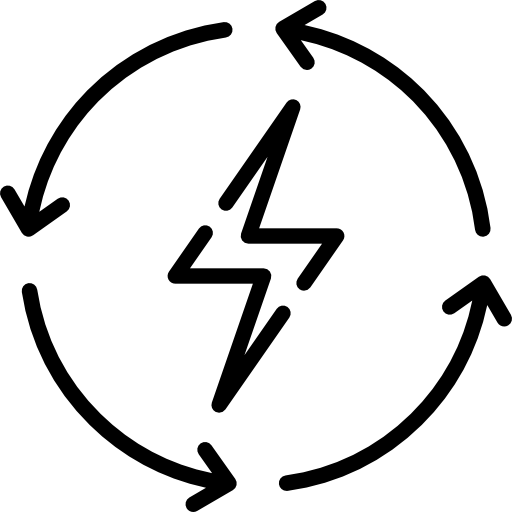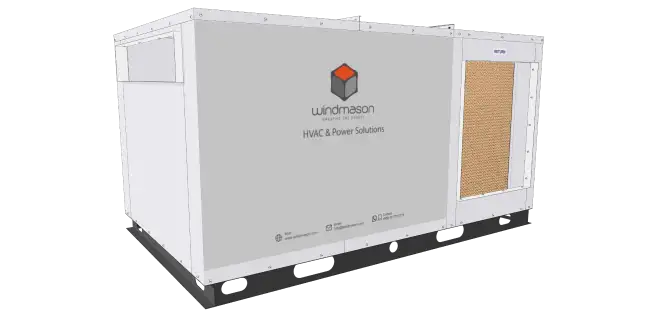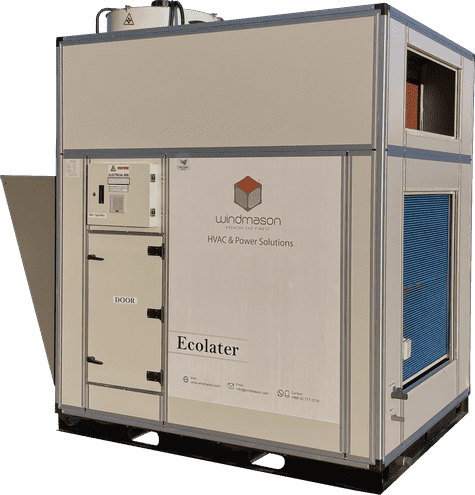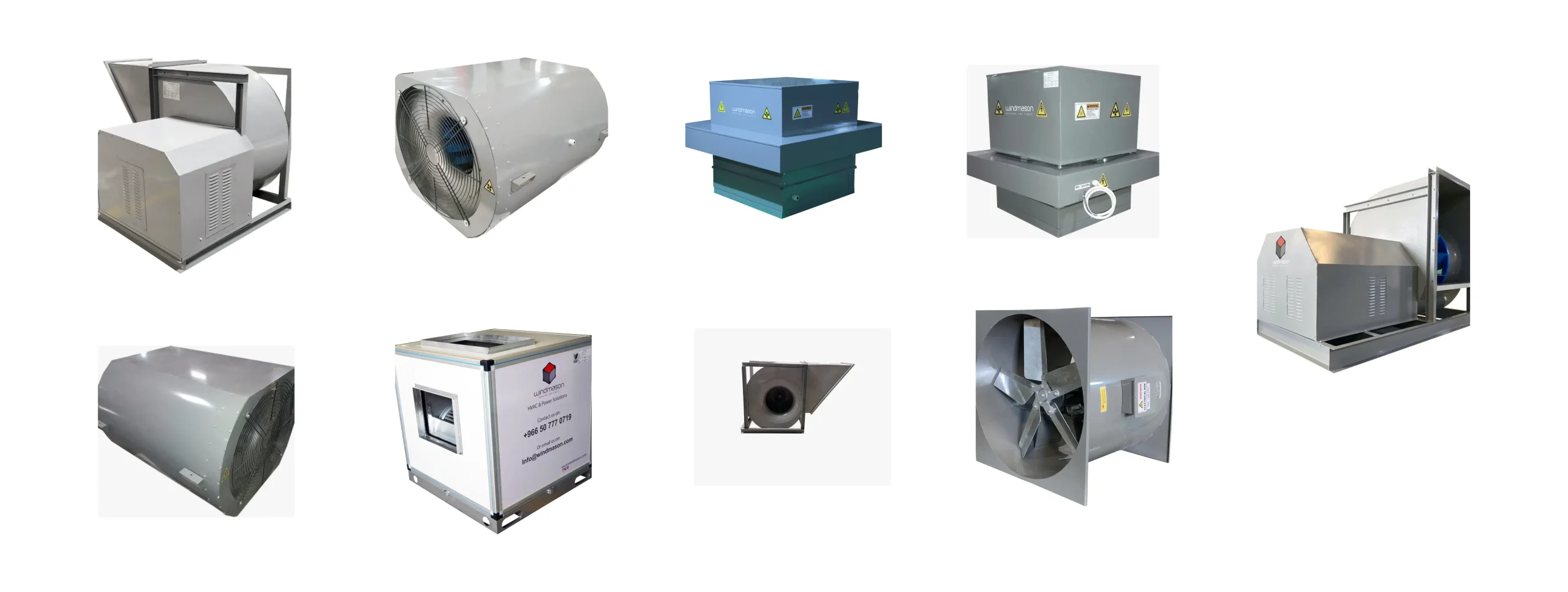Through intake vents, the AHU circulates air from within the building or pulls in air from the outside. To preserve the quality of the air inside buildings, filters for dust, pollen, and other airborne particles may be installed in the air intake.
Air Handling Unit
Air Handling Unit
Air Handling Unit
- Choice between direct drive or belt drive.
- Options for microcontroller, PLC, HMI, and heat recovery seconds.
- Can incorporate chilled water control valves and sensors as needed.
- Includes pre-filters and fine filter sections as per design requirements.
- Features a 50mm double skin body panel with an aluminum profile reinforced frame.
- Sturdy, heavy-gauge coated base frame. Equipped with vibration isolators for fan blowers. Customized, modular design to meet specific application requirements.
Key Features

Ventilation
AHUs supply fresh air and exhaust stale air, ensuring ventilation. Rates adjust based on occupancy and air quality, boosting efficiency.

Air Filtration
AHUs have filters removing particles, pollutants, and allergens, boosting indoor air quality. Filter options vary from standard to advanced, including HEPA filters for superior purification.

Temperature Regulation
AHUs regulate temperature using coils for comfort and efficiency, enhancing productivity. Precise control optimizes energy.

Humidity Control
AHUs offer humidification and dehumidification, maintaining optimal indoor humidity levels. This prevents mold, discomfort, and equipment damage.

Energy Efficiency
Modern AHUs integrate VSDs, energy recovery systems, and high-efficiency components for energy savings. This lowers utility costs, environmental impact, meeting codes and standards.
How it works?
To remove pollutants and particulates, air going through the AHU is first passed through a number of filters. By removing dust, pollen, mold spores, and other impurities from the air, these filters contribute to better indoor air quality.
The air is conditioned to reach the appropriate humidity and temperature levels after it has been filtered. Depending on the season and the thermostat settings, this entails using coils to heat or cool the air. The AHU is equipped with coils for both heating and cooling, and it is linked to the building's HVAC system.
The AHU may occasionally combine some of the building's return air with the conditioned air. By lessening the strain on the heating or cooling system, this contributes to the maintenance of a constant interior temperature and conserves energy.
The AHU may have humidification or dehumidification components in environments where humidity control is required. To attain the appropriate humidity levels, these elements either add or remove moisture from the air.
Lastly, supply vents in the ductwork allow the conditioned air to be dispersed to various parts of the building. The purpose of the strategic placement of these vents is to guarantee uniform air distribution throughout the building.
Faq's
An AHU is a crucial component of HVAC systems in buildings. It is responsible for regulating and circulating air throughout the building, controlling factors such as temperature, humidity, and air quality.
An AHU draws in outside air or recirculates indoor air through intake vents. The air passes through filters for purification and then undergoes heating or cooling using coils. A fan then distributes the conditioned air through ductwork to various areas of the building.
AHUs ensure the supply of fresh air, remove stale air, regulate temperature and humidity, and improve indoor air quality, thereby creating a comfortable and healthy indoor environment for occupants.
AHUs filter out airborne particles, such as dust, pollen, and pollutants, before distributing the air. They may also incorporate humidification or dehumidification systems to maintain optimal humidity levels and remove excess moisture.
Regular maintenance of AHUs is essential to ensure optimal performance and efficiency. This includes filter replacement, coil cleaning, inspection of fans and motors, and monitoring of airflow and temperature sensors.
Saudi Arabia
Let us help you create an optimal and sustainable breathing climate. Schedule free consultation and create a healthy ambiance with Wind Mason!
- +966 507770719
- Al Mishael 7670- Riyadh 14325, Saudi Arabia
- info@windmason.com
Get Free Consultation Now!
LET’S WORK TOGETHERinfo@windmason.com
LET’S WORK TOGETHER
Sunday CLOSED
Riyadh 11442 KSA
+966 11 248 67 18
Give us a free call 24/7

Discover innovative cooling solutions with Windmason, a leader in the industry. From our state-of-the-art IDEC Cooling System to a range of cutting-edge HVAC solutions, we are committed to delivering energy-efficient and top-quality products for various sectors.
Get In Touch
- +966 115157284
- +966 543288265
- info@windmason.com
- www.windmason.com
- Al Mishael 7670- Riyadh 14325, Saudi Arabia













